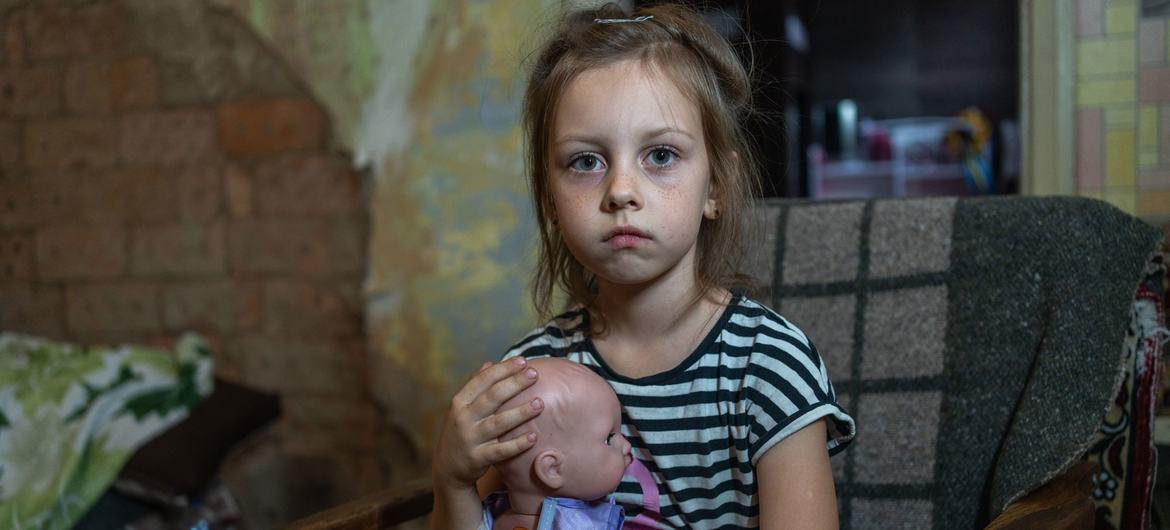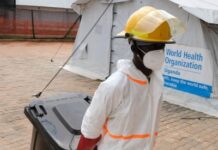Ukrainians continue to face near daily attacks, with air strikes consistently targeting civilian infrastructure, leaving families without homes, security and electricity. More than 10 million people have been uprooted from their homes, making Ukraine the largest displacement crisis in Europe since the Second World War.
UNICEF supplies arrive in Shevchenkove village, Kharkiv region, Ukraine (January 2025)
Ready to deal with any scenario
The big open question is what the ceasefire deal will look like, in particular with regard to the occupied territories in eastern and southern Ukraine. Around a million Ukrainians are living in these regions, and we don’t know what will happen to them. Will there be a demilitarised zone? Will an international peacekeeping force maintain the ceasefire deal? And what are the opportunities for the provision of humanitarian aid?
On the other hand, whilst everyone hopes the guns will be silenced, the opposite could happen. There are several nuclear power plants in Ukraine, and if one of them takes a direct hit, we could all of a sudden be facing a major nuclear catastrophe. Government officials are extremely concerned about this [on 15 February, the UN atomic energy agency, IAEA, reported that a drone strike had pierced a hole in the structure built to prevent radioactive material leaking from the damaged Chernobyl reactor. Despite significant damage, the IAEA recorded no change in radiation levels at the site].
Whatever happens, we are trying to ensure that the UN is as agile and as mentally prepared as possible for any scenario.”





























